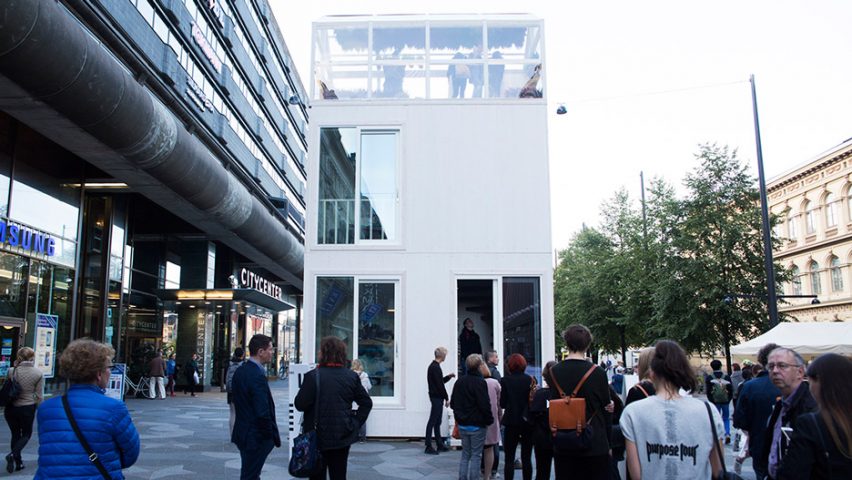
Casagrande Laboratory designs wooden micro house for city dwellers
Finnish architecture firm Casagrande Laboratory designed this self-sufficient prefab house to fit on the footprint of a single car-parking space.
On show during last month's edition of Helsinki Design Week as part of the festival's HOP City Installations, the Tikku concept house – meaning "stick" in Finnish – was designed as a housing solution for densely populated cities.
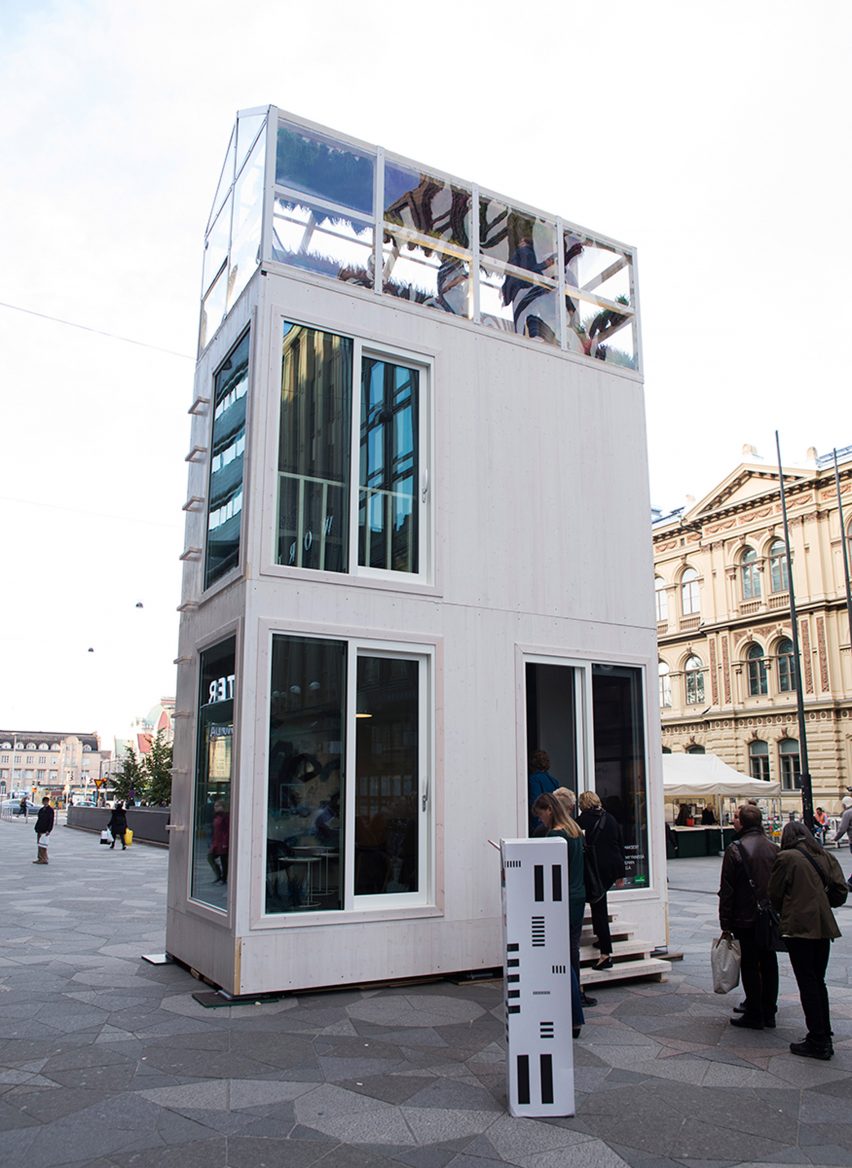
Intended to be built on city car parks across the globe, the prefab dwellings are made from rectangular timber boxes measuring 2.5 by five metres – the size of a typical parking space.
In Helsinki, Casagrande Laboratory installed a three-storey structure built from three stacked prefab modules, which included spaces for sleeping, working and a greenhouse to grow fresh ingredients.
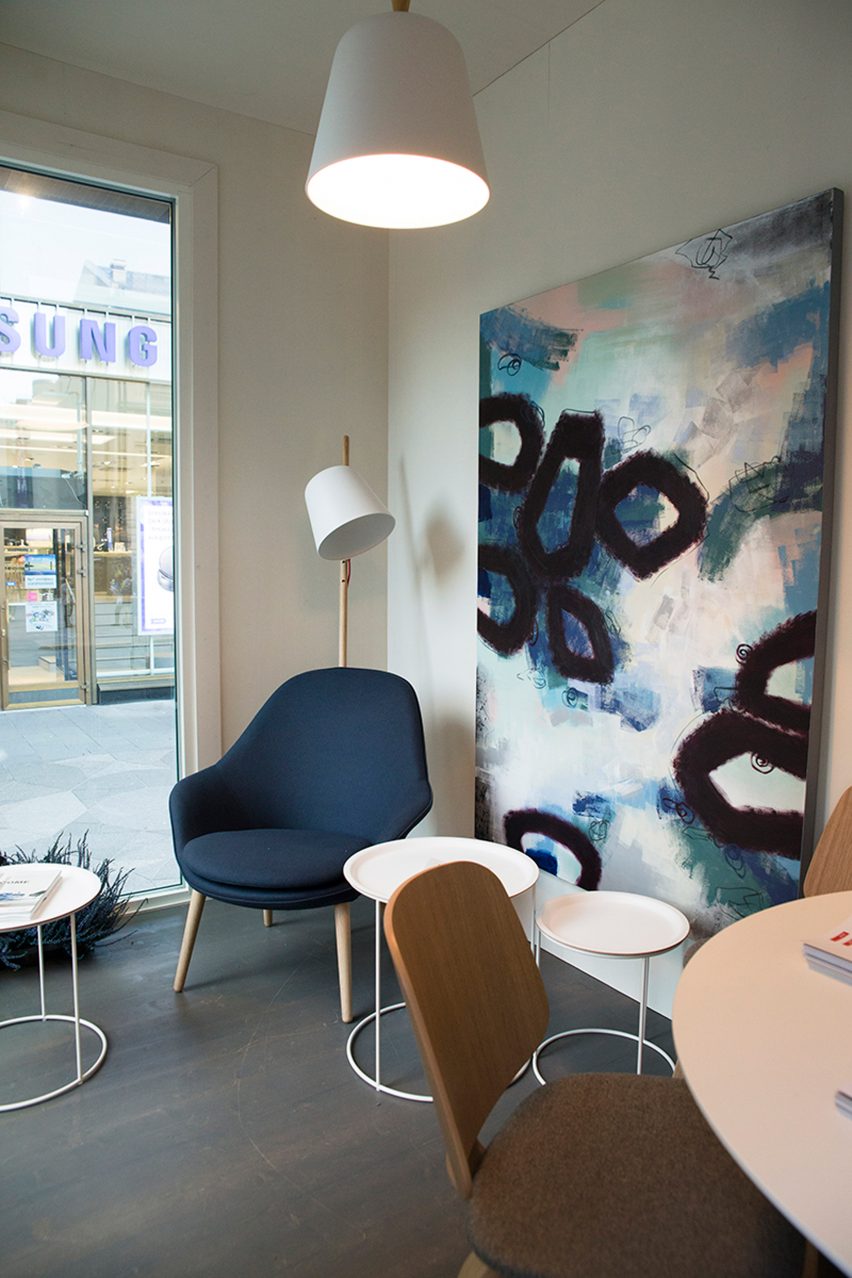
The modules were built at the Woodpolis of Kuhmo, a training and product development organisation for wood construction, using material sourced from sustainably managed forests. Each one has a frame made from cross-laminated timber (CLT) – an ultra-strong engineered wood.
The home is designed to produce its own energy via solar panels and is equipped with dry toilets. As there is no plumbing, fresh water needs be bought in, and occupants must use facilities in the city if they want to take a shower or sauna, do laundry or cook food.
"Modern man has to die a bit in order to be reborn," said the architects.
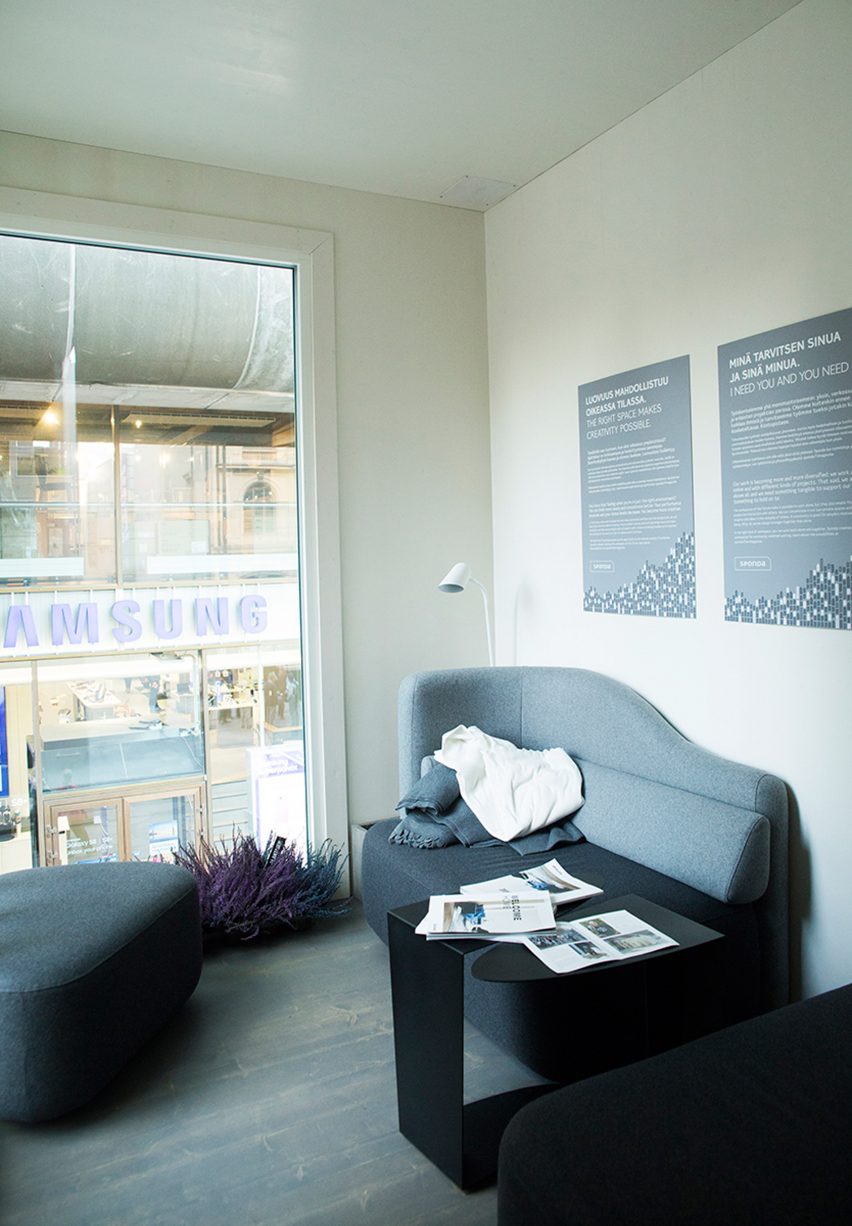
The modular design allows the structures to be continually added to, to create bigger living spaces or add additional functions such as a greenhouse, office, shop, kitchen, sauna, hotel room or workshop.
"Tikku is a needle of urban acupuncture, conquering the noman's land from the cars and tuning the city towards the organic," continued the designers. "Many Tikkus can grow side-by-side like mushrooms and they can fuse into larger organisms."
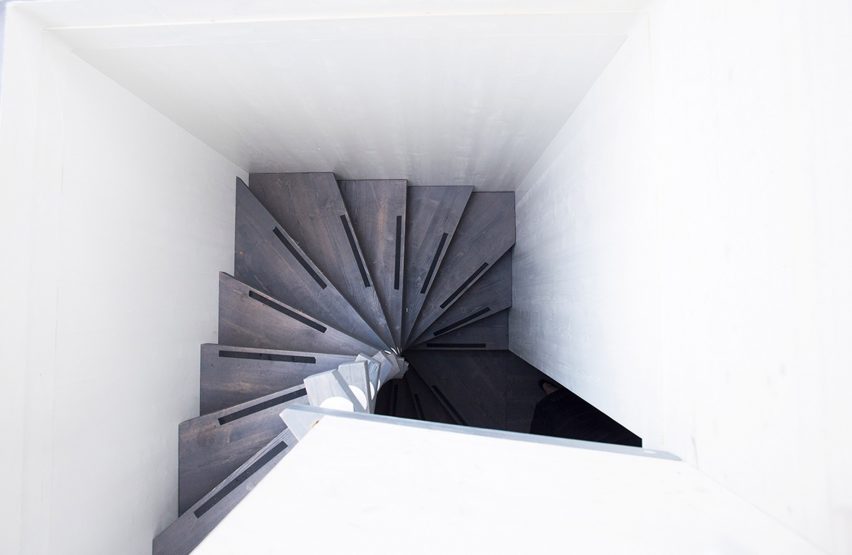
Tikku was installed in just one night, on Helsinki's central Keskuskatu street. Because it was made from CLT, a material that is five times lighter than concrete, the architects said that the design didn't require any foundations. Instead, a sandbox was used to balance the structure.
"Ten-centimetre-thick CLT is plenty for the structure and 20-centimetre-thick CLT is sufficient even for cold winters. No added insulation is needed," added the architects.
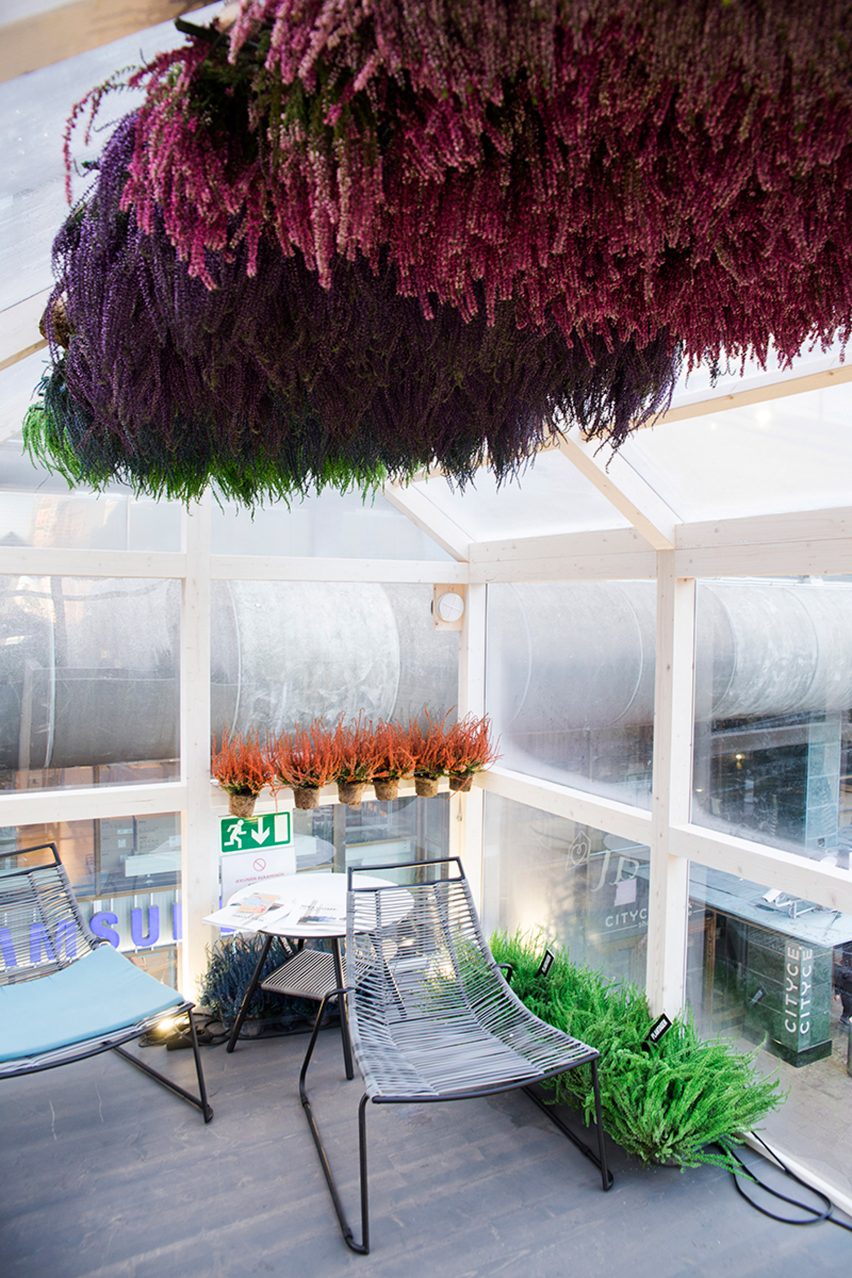
Inside, the apartment's first floor was furnished in a Nordic style, with furniture from Danish brand BoConcept. The second floor was based around the theme of "the future of work" in co-operation with Finnish property investment company Sponda, and the top floor greenhouse was filled with plants from Plantagen.
"Tikku is a safe-house for neo-archaic biourbanism, a contemporary cave for a modern urban nomad. It will offer privacy, safety and comfort. All the rest of the functions can be found in the surrounding city," said the architects.
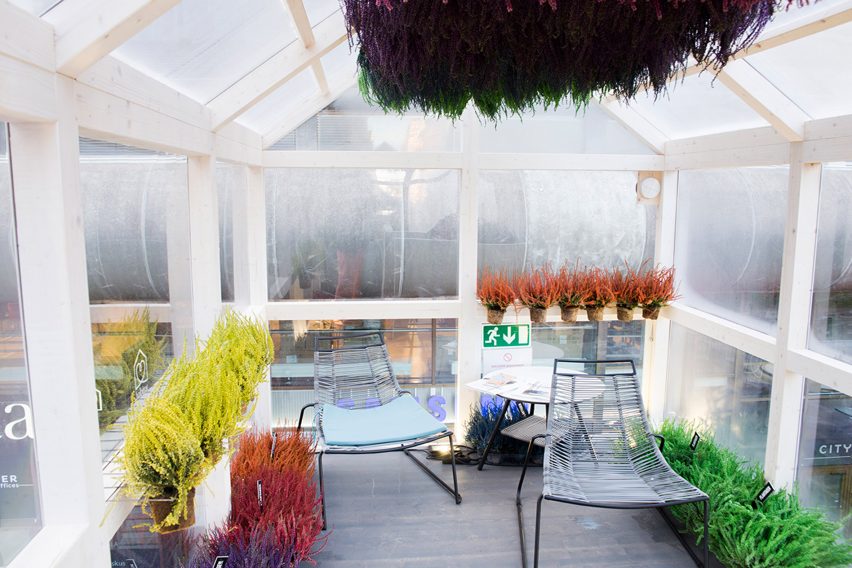
As city house prices continue to soar, the trend for micro apartments is growing.
At this year's SXSW festival, an Austin-based startup launched sales for its tiny prefabricated house equipped with systems controlled by a mobile app, while Australian architect Nicholas Gurney used bespoke joinery, sliding partitions and moveable furniture to make the most of limited space inside a 24-square-metre apartment in Sydney.